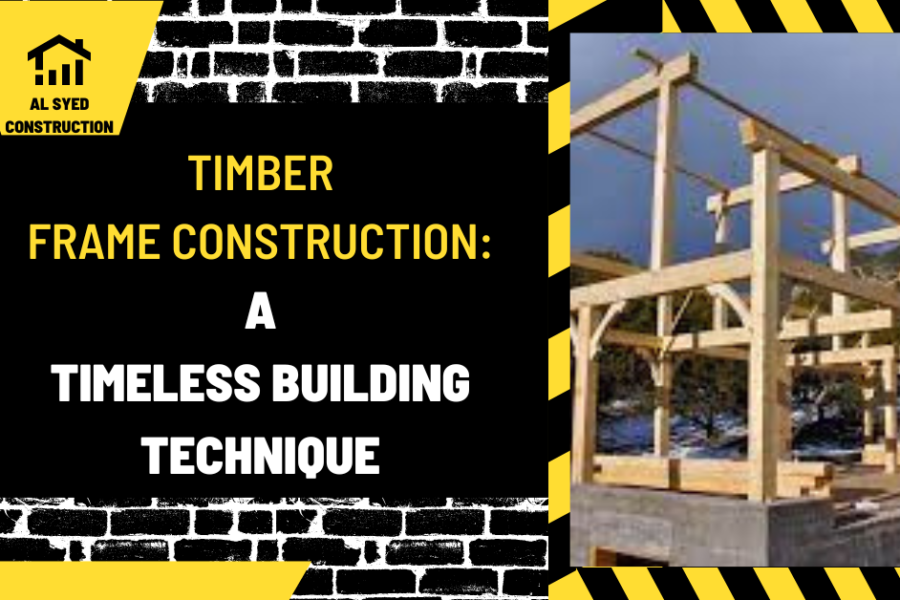Timber Frame Construction: A Timeless Building Technique
Introduction
Timber frame construction is a traditional method of building that has been used for centuries. It involves creating a structural framework from heavy timbers joined together with various types of joints. This article explores the history, characteristics, advantages, and considerations of timber frame construction.
Understanding Timber Frame Construction
Definition and History
Timber frame construction is a method of building structures using large, heavy timbers rather than smaller dimensional lumber. This technique dates back thousands of years and has been used in many parts of the world, including Europe, Asia, and North America.
Key Characteristics
- Structural Framework: The heavy timber frame provides the primary support for the building.
- Joinery: Timbers are connected using traditional joinery techniques such as mortise and tenon joints, dovetails, and pegs.
- Aesthetic Appeal: Timber frame structures often feature exposed wooden beams, adding a warm and natural aesthetic to the interior.
Advantages of Timber Frame Construction
Durability and Strength
Timber frame buildings are known for their durability and strength. The use of large, solid timbers provides a robust framework that can withstand harsh weather conditions and the test of time.
Eco-Friendly
Timber is a renewable resource, making timber frame construction an environmentally friendly choice. Additionally, the energy efficiency of timber frame buildings can be enhanced with proper insulation and design.
Design Flexibility
The versatility of timber frame construction allows for a wide range of architectural styles and designs. The open framework also provides the flexibility to create large, open spaces and high ceilings.
Speed of Construction
Timber frame structures can be prefabricated off-site and assembled quickly on-site, reducing construction time compared to traditional brick-and-mortar buildings.
Considerations for Timber Frame Construction
Cost
While timber frame construction can be cost-effective in the long run due to its durability and energy efficiency, the initial costs may be higher than conventional construction methods due to the specialized labor and materials required.
Maintenance
Timber frame buildings require regular maintenance to protect the wood from moisture, insects, and decay. Proper treatment and sealing of the timber are essential to ensure its longevity.
Fire Resistance
Although heavy timber has a natural resistance to fire due to its mass, additional fire protection measures may be necessary to comply with building codes and safety standards.
Conclusion
Timber frame construction is a timeless building technique that offers durability, environmental sustainability, design flexibility, and aesthetic appeal. While there are considerations such as cost and maintenance, the benefits of timber frame construction make it a popular choice for residential and commercial buildings alike.
FAQs
- What is the difference between timber frame and post-and-beam construction?
- Timber frame construction uses traditional joinery techniques such as mortise and tenon joints, while post-and-beam construction often relies on metal connectors and bolts. Both methods use heavy timbers but differ in the details of their connections.
- How long can a timber frame building last?
- With proper maintenance and protection from the elements, timber frame buildings can last for centuries. There are examples of timber frame structures that are several hundred years old and still in use.
- Is timber frame construction suitable for all climates?
- Timber frame construction can be adapted to suit various climates with appropriate design considerations, such as insulation and moisture management.
- Can timber frame construction be used for multi-story buildings?
- Yes, timber frame construction can be used for multi-story buildings, although additional engineering and design considerations may be necessary for taller structures.
- Are there any limitations to the design of a timber frame building?
- While timber frame construction offers a great deal of design flexibility, the size and layout of the building may be influenced by the structural requirements of the timber frame.



